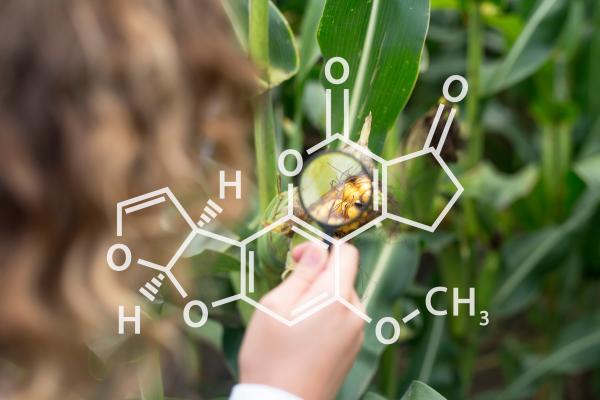

Join Us
IAFP Annual Meeting 2024
July 14th - 17th
IAFP Annual Meeting 2024
The International Association for Food Protection (IAFP) represents a broad range of members with a singular focus - protecting the global food supply. Within the association, you will find educators, government officials, microbiologists, food industry executives and quality control professionals who are involved in all aspects of growing, storing, transporting, processing and preparing all types of foods.

OUR SPEAKERS: Savannah Applegate, Nisha Corrigan & Mark Carter
Technical Sessions & Workshops
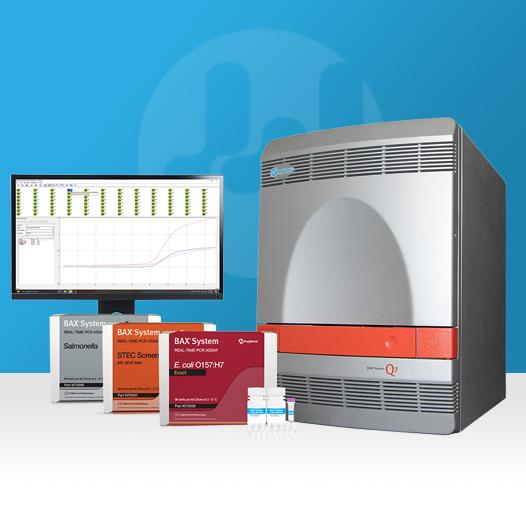
Date: Saturday, July 15
Time: 8:30 AM - 5:00 PM
Workshop Session 4:
A Common-Sense Workshop on Validation and Verification of Diagnostic Test Kits
Presenter: Nisha Corrigan
Location: 715A
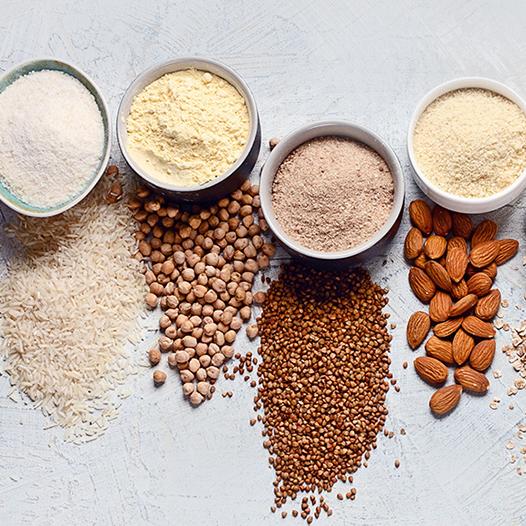
Date: Monday, July 17
Time: 8:30 AM - 12:15 PM
Technical Session 3:
Food Chemical Hazards and Food Allergens
Convenor: Savannah Applegate
Location: 717
Scientific Posters
Food Safety
Detection of 1-5 CFUs of Salmonella in 750 g Confectionary Samples after 18 Hours with Hygiena® Real-Time PCR Assay and Different DNA Isolation Options
Anne Rölfing, Cordt Grönewald, Alexandra Bauer, Birsevil Sahin, Rumeysa Goecen and Nadja Lehmann, Hygiena Diagnostics GmbH, Potsdam, Germany
Date: Wednesday, July 19, 2023
Time: 8:30AM - 3:15PM
Place: Metro Toronto Convention Centre
Evaluation of the Hygiena® BAX® System PCR Assays for the Detection of Salmonella from Pooled Environmental Sponges
Deja Latney, Margaret Morris and Julie Weller, Hygiena, New Castle, DE
Date: Monday, July 17, 2023
Time: 8:30AM - 6:15PM
Place: Metro Toronto Convention Centre
Matrix Validation of 375 mL Spent Sprout Irrigation Water for the Detection of E. coli O157:H7 and Salmonella Using the Hygiena® BAX® System
Julie Weller and Deja Latney, Hygiena, New Castle, DE
Date: Tuesday, July 18, 2023
Time: 8:30AM - 6:15PM
Place: Metro Toronto Convention Centre
Salmonella Quantification (SalQuant®) with the Hygiena® BAX® System for Beef Carcass Swabs
Julie Weller, Deja Latney and Savannah Applegate, (1)Hygiena, New Castle, DE, (2)Hygiena, LLC, New Castle, DE
Date: Tuesday, July 18, 2023
Time: 8:30AM - 6:15PM
Place: Metro Toronto Convention Centre
Development and Internal Validation of the Hygiena® foodproof® Salmonella Plus Cronobacter Detection Lyokit
Cordt Grönewald, Stefanie Wendrich, Shannon Koerber, Carola Stieler and Maren Brose, (1)Hygiena Diagnostics GmbH, Potsdam, Germany, (2)Hygiena, New Castle, DE
Date: Wednesday, July 19, 2023
Time: 8:30AM - 3:15PM
Place: Metro Toronto Convention Centre
Salmonella quantification (SalQuant®) with the Hygiena® BAX® System for Breaded Stuffed Raw Chicken Products
Deja Latney, Julie Weller, Savannah Applegate, Jerri Lynn Pickett and Jacquelyn Adams, (1)Hygiena, New Castle, DE, (2)Qualicon Diagnostics LLC, A Hygiena Company, New Castle, DE, (3)Tyson Foods, Inc., Springdale, AR
Date: Tuesday, July 18, 2023
Time: 8:30AM - 6:15PM
Place: Metro Toronto Convention Centre
Development of Hygiena® Real-Time PCR Assay for the Detection and Quantification of Cheese-Spoiling Clostridia in Raw Milk
Selina Esche, Cordt Grönewald, Carola Stieler, Florian Priller and Ivo Meier-Wiedenbach, Hygiena Diagnostics GmbH, Potsdam, Germany
Date: Wednesday, July 19, 2023
Time: 8:30AM - 6:15PM
Place: Metro Toronto Convention Centre
Matrix Validation of 25 mL Apple Juice for the Detection of E. coli O157:H7 and Salmonella Using the Hygiena® BAX® System
Margaret Morris, Deja Latney and Julie Weller, Hygiena, New Castle, DE
Date: Monday, July 17, 2023
Time: 8:30AM - 6:15PM
Place: Metro Toronto Convention Centre
Matrix Validation of Almond Milk for E. coli O157:H7 and Salmonella Using the Hygiena® BAX® System
Julie Weller and Christine Chapman, Hygiena, New Castle, DE
Date: Monday, July 17, 2023
Time: 8:30AM - 6:15PM
Place: Metro Toronto Convention Centre
Validation of Five Powdered Spices for the Detection of Listeria using the Hygiena® BAX® System
Julie Weller, Ilir Mandija and Andrew Farnum, Hygiena, New Castle, DE
Date: Monday, July 17, 2023
Time: 8:30AM - 6:15PM
Place: Metro Toronto Convention Centre
Detection of Shiga Toxin-Producing Escherichia coli (STEC) on MicroTally™ Swabs and in 375 g Samples of Ground Beef, Beef Trim and Leafy Greens By Real-Time PCR
Stefanie Wendrich, Shannon Koerber, Priyanka Surwade, Monali Gandhi and Cordt Grönewald, (1)Hygiena Diagnostics GmbH, Potsdam, Germany, (2)Hygiena, New Castle, DE
Date: Wednesday, July 19, 2023
Time: 8:30AM - 3:15PM
Place: Metro Toronto Convention Centre
Development of an Automated Quantification Method for Enumeration of Campylobacter on Chicken Neck Skins
Savannah Applegate, Brenda Kroft and Manpreet Singh, (1)Hygiena, LLC, New Castle, DE, (2)University of Georgia, Athens, GA
Date: Monday, July 17, 2023
Time: 8:30AM - 6:15PM
Place: Metro Toronto Convention Centre
Application of a Novel Quantification Methodology for Enumeration of Salmonella in Beef Lymph Node Samples Collected during Harvest
Rigo Soler, John Schmidt, Erin Fashenpour, Dayna Harhay, Terrance Arthur, Joseph Bosilevac, Tommy Wheeler, Qing Kang, Sara Gragg, Diego Casas, David A. Vargas and Marcos Sanchez Plata, (1)Texas Tech University, Lubbock, TX, (2)U.S. Meat Animal Research Center, USDA ARS, Clay Center, NE, (3)Kansas State University, Manhattan, KS, (4)U.S. Department of Agriculture - ARS, U.S. Meat Animal Research Center, Clay Center, NE, (5)Hygiena, Lubbock, TX
Date: Monday, July 17, 2023
Time: 8:30AM - 6:15PM
Place: Metro Toronto Convention Centre
Biomapping of Microbial Indicators Using a Mobile Testing Methodology to Assess Agricultural Water System Contamination in a Latin American Farm and Packinghouse
Nadira Espinoza Rock, Diego Casas, Valeria Larios, Gabriela K. Betancourt-Barszcz, Daniela Chavez-Velado and Marcos Sanchez Plata, (1)Texas Tech University, Lubbock, TX, (2)Hygiena, Lubbock, TX
Date: Tuesday, July 18, 2023
Time: 8:30AM - 6:15PM
Place: Metro Toronto Convention Centre
Validation of Polyskope Media for the Detection of Listeria monocytogenes in Environmental Swab Samples Utilizing Three PCR Methods
Estefania Orellana, Paul Smith, Tyler P. Stephens, Marcos Sanchez Plata and Mindy Brashears, (1)Texas Tech University, Lubbock, TX, (2)Polyskope Labs, Oklahoma City, OK, (3)Micro Enviro Tech
Date: Wednesday, July 19, 2023
Time: 8:30AM - 3:15PM
Place: Metro Toronto Convention Centre
Evaluation of the Phagedx™ Salmonella Assay for the Detection of Salmonella in Raw Ground Turkey
Yutong Wang, University of Guelph, Guelph, ON, Canada, Carlos Leon-Velarde, Laboratory Services Division, University of Guelph, Guelph, ON, Canada and Lawrence Goodridge, Department of Food Science, University of Guelph, Guelph, ON, Canada
Date: Monday, July 17, 2023
Time: 8:30AM - 6:15PM
Place: Metro Toronto Convention Centre
Evaluation of Chemical Properties and Indicator Microorganisms Enumeration on Chicken Tenderloins
Valeria Larios, David A. Vargas, Diego Casas and Marcos Sanchez Plata, (1)Texas Tech University, Lubbock, TX, (2)Hygiena, Lubbock, TX
Date: Wednesday, July 19, 2023
Time: 8:30AM - 3:15PM
Place: Metro Toronto Convention Centre
Development of an Automated Quantification Method for Enumeration of Campylobacter on Chicken Neck Skins
Savannah Applegate, Brenda Kroft and Manpreet Singh, (1)Hygiena, LLC, New Castle, DE, (2)University of Georgia, Athens, GA
Date: Monday, July 17, 2023
Time: 8:30AM - 6:15PM
Place: Metro Toronto Convention Centre
Application of a Novel Quantification Methodology for Enumeration of Salmonella in Beef Lymph Node Samples Collected during Harvest
Rigo Soler, John Schmidt, Erin Fashenpour, Dayna Harhay, Terrance Arthur, Joseph Bosilevac, Tommy Wheeler, Qing Kang, Sara Gragg, Diego Casas, David A. Vargas and Marcos Sanchez Plata, (1)Texas Tech University, Lubbock, TX, (2)U.S. Meat Animal Research Center, USDA ARS, Clay Center, NE, (3)Kansas State University, Manhattan, KS, (4)U.S. Department of Agriculture - ARS, U.S. Meat Animal Research Center, Clay Center, NE, (5)Hygiena, Lubbock, TX
Date: Monday, July 17, 2023
Time: 8:30AM - 6:15PM
Place: Metro Toronto Convention Centre
Environmental Monitoring
Evaluating the Cleaning and Sanitation Practices of Fresh Produce Farms and Packinghouses in the Pacific Northwest
Erik Ohman, Joy Waite-Cusic, Samantha Kilgore and Jovana Kovacevic, (1)Oregon State University, Portland, OR, (2)Oregon State University, Corvallis, OR
Date: Monday, July 17, 2023
Time: 4:30PM - 4:45PM
Place: Metro Toronto Convention Centre - 713
Development of a Rapid, Field-Based Assay for Detection of Escherichia coli O157:H7 in Irrigation Water
Cristina Chiappe, Canadian research Institute for Food Safety, Guelph, ON, Canada, Hailey M. Davidson, Canadian Research Institute for Food Safety (CRIFS), University of Guelph, Guelph, ON, Canada, Thoreau Bakker, Creative School, Toronto Metropolitan University, Toronto, ON, Canada and Lawrence Goodridge, Department of Food Science, University of Guelph, Guelph, ON, Canada
Date: Tuesday, July 18, 2023
Time: 8:30AM - 6:15PM
Place: Metro Toronto Convention Centre
Evaluating the Cleaning and Sanitation Practices of Fresh Produce Farms and Packinghouses in the Pacific Northwest
Erik Ohman, Joy Waite-Cusic, Samantha Kilgore and Jovana Kovacevic, (1)Oregon State University, Portland, OR, (2)Oregon State University, Corvallis, OR
Date: Monday, July 17, 2023
Time: 4:30PM - 4:45PM
Place: Metro Toronto Convention Centre - 713
Biomapping of Microbial Indicators Using a Mobile Testing Methodology to Assess Agricultural Water System Contamination in a Latin American Farm and Packinghouse
Nadira Espinoza Rock, Diego Casas, Valeria Larios, Gabriela K. Betancourt-Barszcz, Daniela Chavez-Velado and Marcos Sanchez Plata, (1)Texas Tech University, Lubbock, TX, (2)Hygiena, Lubbock, TX
Date: Tuesday, July 18, 2023
Time: 8:30AM - 6:15PM
Place: Metro Toronto Convention Centre
Validation of Polyskope Media for the Detection of Listeria monocytogenes in Environmental Swab Samples Utilizing Three PCR Methods
Estefania Orellana, Paul Smith, Tyler P. Stephens, Marcos Sanchez Plata and Mindy Brashears, (1)Texas Tech University, Lubbock, TX, (2)Polyskope Labs, Oklahoma City, OK, (3)Micro Enviro Tech LLC, La Vernia, TX
Date: Wednesday, July 19, 2023
Time: 8:30AM - 3:15PM
Place: Metro Toronto Convention Centre
Product Quality
ISO 16140-2:2016 Validation of Hygiena® Innovate Rapiscreen™ Dairy System As an Alternative Method for Commercial Sterility Testing in Nutraceutical Products
Mat Lovesmith, Hygiena, Guildford, United Kingdom and Bernard Linke, Hygiena International Ltd, Guildford, United Kingdom
Date: Monday, July 17, 2023
Time: 8:30AM - 6:15PM
Place: Metro Toronto Convention Centre
Development and Validation of Hygiena® Real-Time PCR Assay for the Detection and Identification of Aspergillus species in Cannabis and Hemp
Matthias Giese, Nisha Corrigan, Hanna Hartenstein, Ivo Meier-Wiedenbach, Bianca Kinnemann, Katharina Lührig, Florian Priller and Cordt Grönewald, (1)Hygiena Diagnostics GmbH, Potsdam, Germany, (2)Hygiena, New Castle, DE
Date: Wednesday, July 19, 2023
Time: 8:30AM - 3:15PM
Place: Metro Toronto Convention Centre
Rapid Detection of Cronobacter Species in Non-Dairy Plant-Based Products Using the ATP Detection Hygiena® Innovate System
Romei Velasco, Lukas Kemp, Shreya Datta and Paul Meighan, (1)Hygiena, Camarillo, CA, (2)Hygiena, Guildford, United Kingdom
Date: Wednesday, July 19, 2023
Time: 8:30AM - 3:15PM
Place: Metro Toronto Convention Centre
The Out-of-Pack Challenge and Screening Testing of 5 Acidic Condiments Using a Panel of Spoilage Bacteria and Yeast on Innovate System
Lukas Kemp, Romei Velasco, Shreya Datta and Paul Meighan, (1)Hygiena, Camarillo, CA, (2)Hygiena, Guildford, United Kingdom
Date: Monday, July 17, 2023
Time: 8:30AM - 6:15PM
Place: Metro Toronto Convention Centre - 713
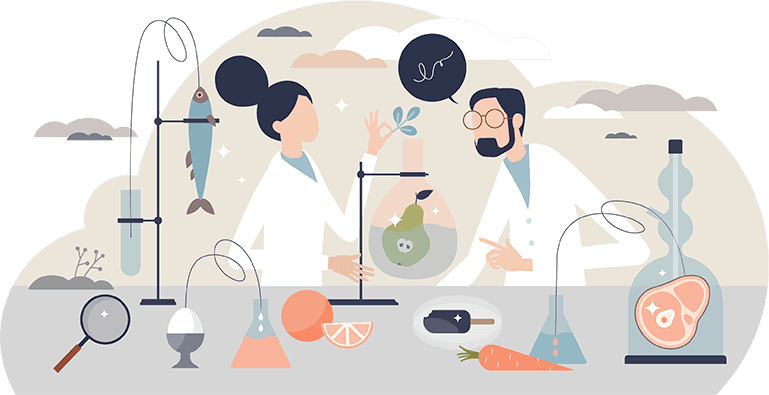
Roundtable Discussion
Is Cultural Confirmation
of Pathogens Obsolete?
Convenor: Mark Carter
Wednesday, July 19
8:30 AM – 10:00 AM
Resources
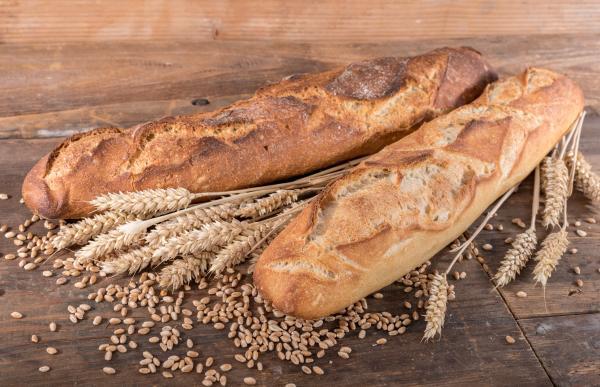
Allergen Detection in Food Safety

ATP Monitoring System – EnSURE® Touch
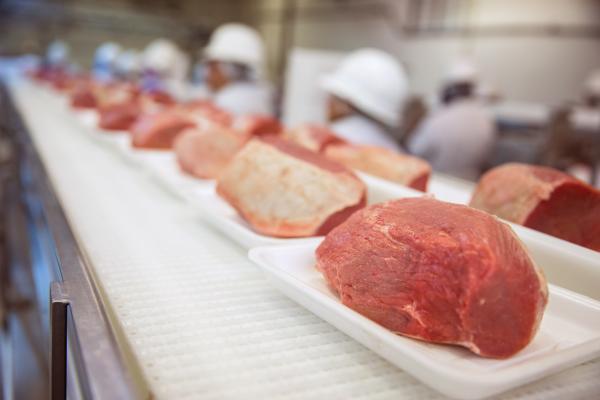
Beef Industry Food Safety – White Paper
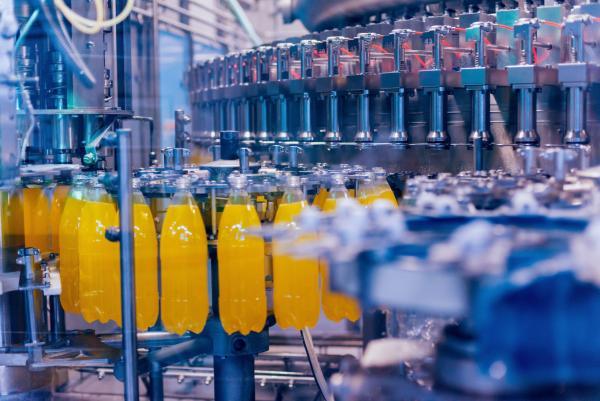
Beverage Solutions
Learn More
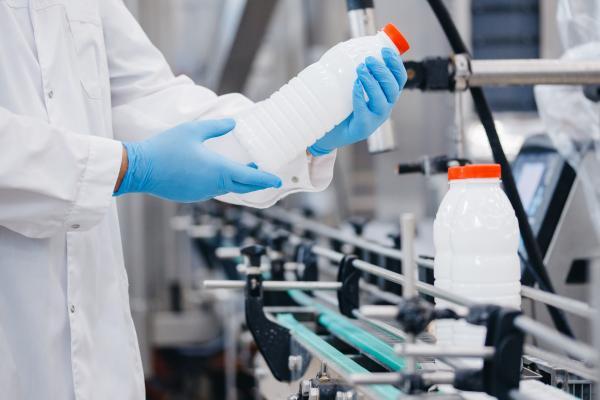
Dairy Solutions
Learn More
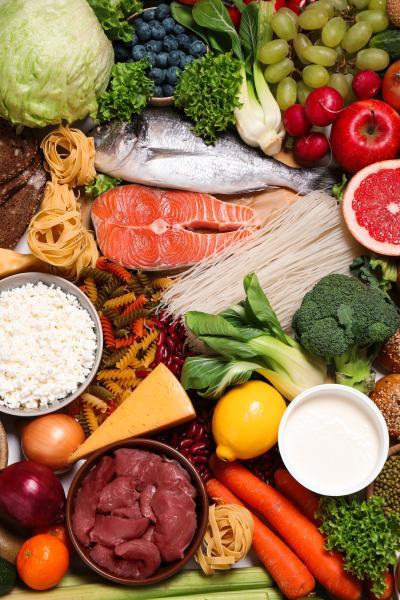
Hygiena’s Solutions for Food & Beverage Industries
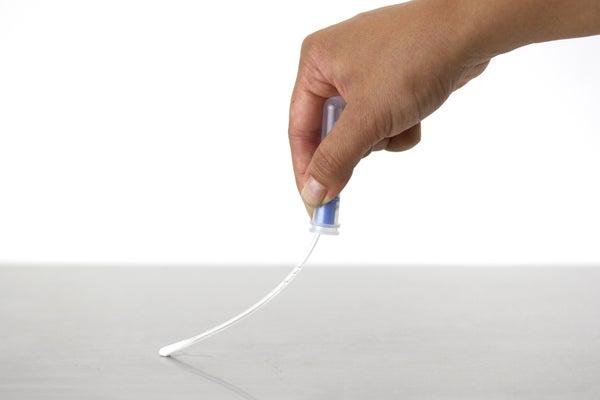
Indicator Organisms Testing – MicroSnap

Leveraging Data Analytics to Enhance Food Safety and Quality Control – White Paper

Monitoring Software – SureTrend
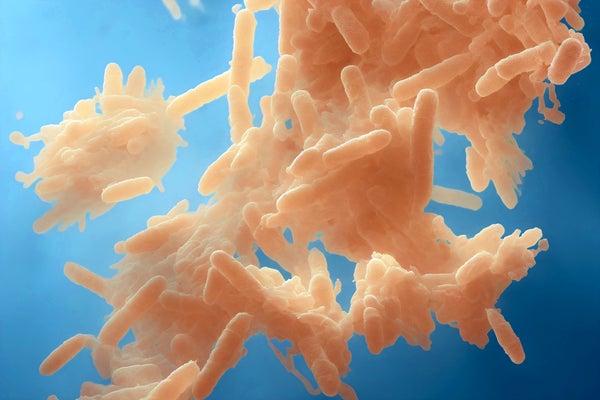
Pathogen Detection Solutions
Learn More
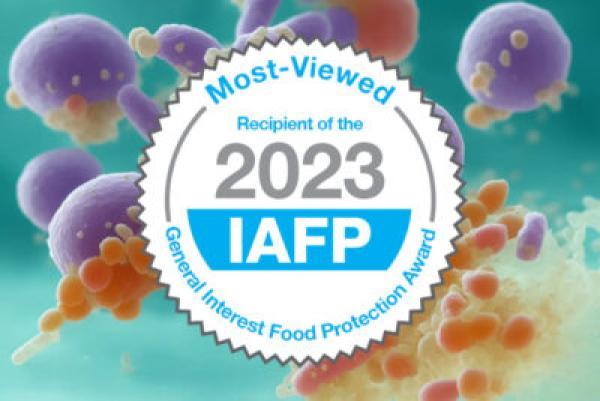
Selection of Pathogen Strains for Evaluating Rapid Pathogen Test Methods Applied to New Matrices
